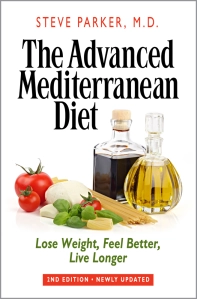A 2008 study suggests a protective effect of the Mediterranean diet for cutaneous melanoma. This is the first study to examine melanoma’s association with the Mediterranean diet.
Melanoma is the seventh most common cancer in Americans, and the most common fatal malignancy among young adults. Lifetime risk of developing melanoma is one in 71. Incidence of melanoma in the white U.S. population has more than tripled in the last 20 years. The U.S. had 62,000 new cases of melanoma in 2008.
The researchers in Rome, Italy, used a hospital-based case-control method including 304 cases of melanoma and 305 matched controls who did not have melanoma. Information on sun exposure, skin pigmentation, smoking, medical history, and socio-demographic characteristics was collected.
The researchers report:
After careful control for several sun exposure and pigmentary characteristics, we found a protective effect for weekly consumption of fish, shellfish, fish rich in omega-3 fatty acids, daily tea drinking and high consumption of vegetables in particular carrots, cruciferous and leafy vegetables and fruits, in particular citrus fruits.
[For the sake of clarity, I have omitted odds ratios and confidence intervals. Odds ratios for many of these associations were around 0.50, meaning half the risk of developing melanoma.]
Conclusion overall: Our findings suggest that some dietary factors present in the Mediterranean diet might protect from cutaneous melanoma.
Prior studies have demonstrated lower incidence of breast, colon, prostate, and uterus cancer in people who adhere to the traditional Mediterranean diet. Note also that death rates from cancer are lower. We can probably add melanoma to the list of cancers prevented with a Mediterranean-style diet, although I would have more confidence if the current study had included more participants.
Reference: Fortes, C., et al. A protective effect of the Mediterraenan diet for cutaneous melanoma. International Journal of Epidmiology, 37 (2008): 1,018-1,029.


